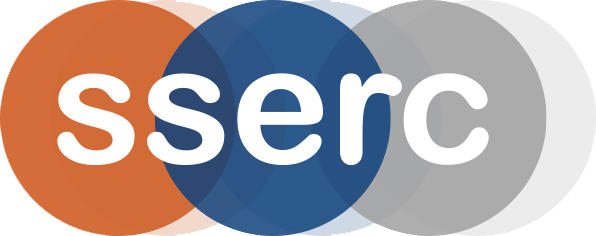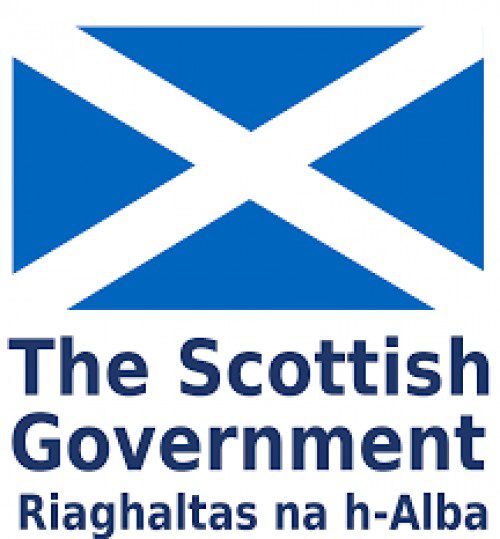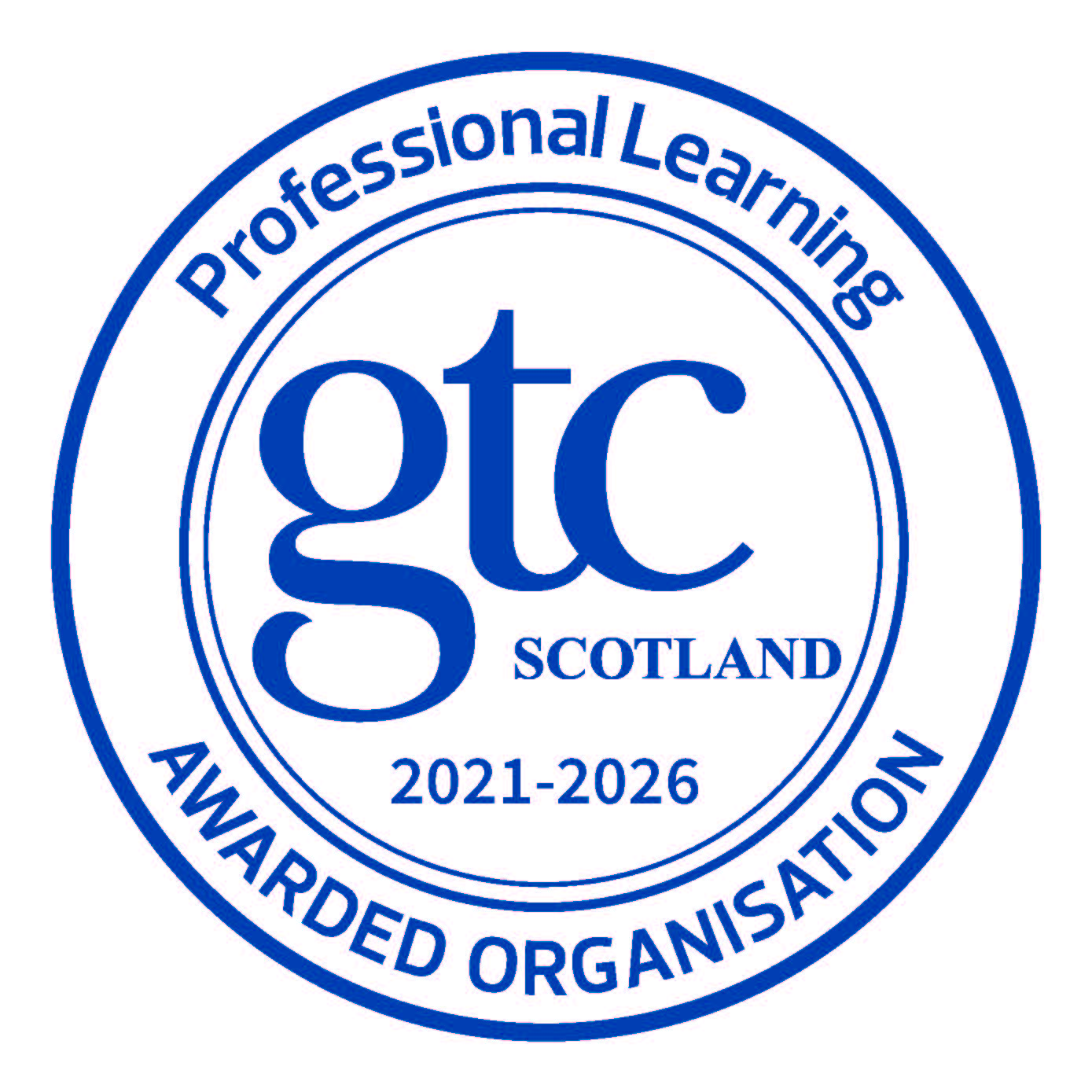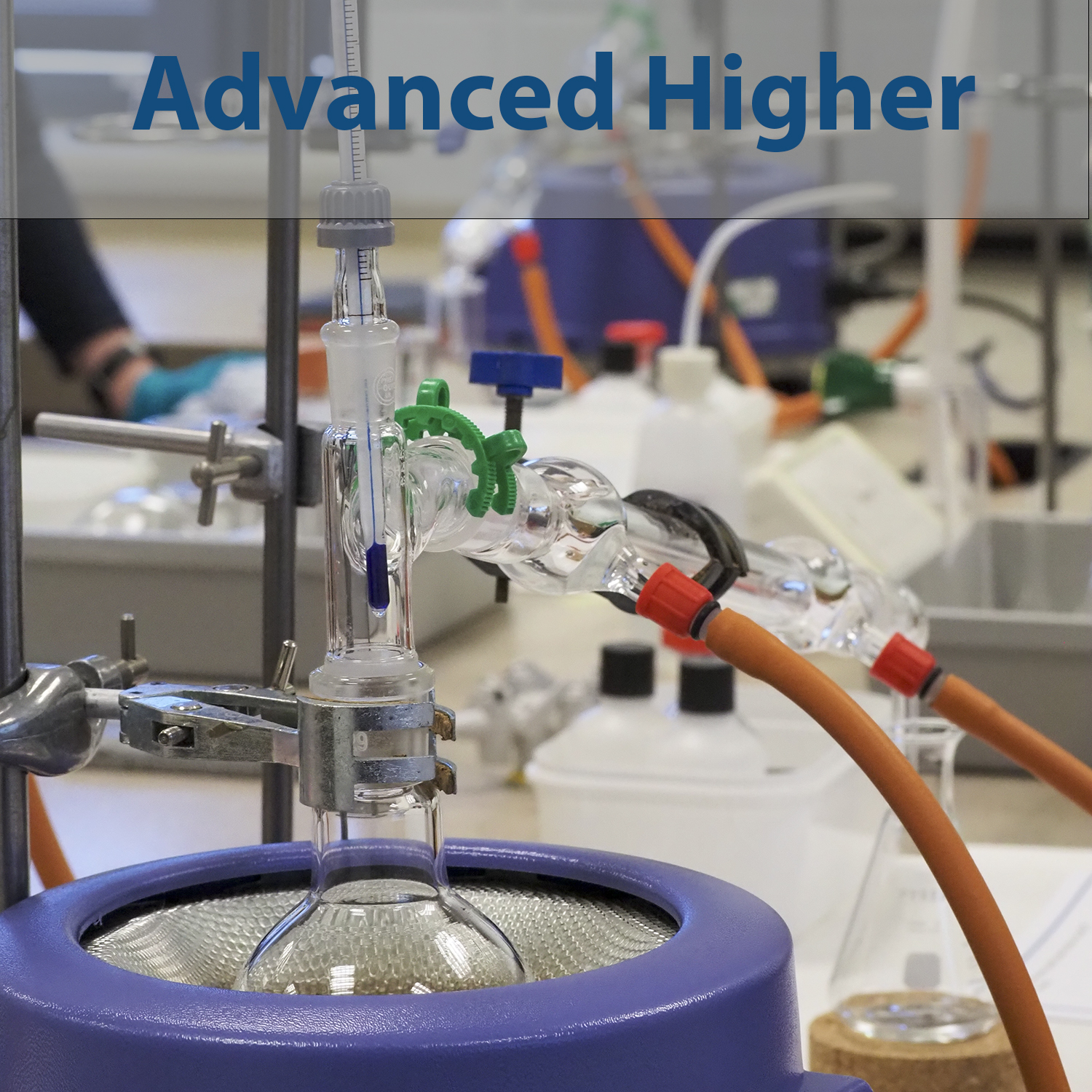Following on from the successful courses we ran for Higher and national 5 assignments we decided that some guidance for Advanced Higher might be appropriate as well.
About the course
This is a 2-day face to face course.
Course Date: 4th and 5th June 2026
Closing Date: 1st May 2026
Course Leader
Chris Lloyd
01383 626070
The course will be held at SSERC in Dunfermline. Our SSERC buildings are at 2 Pitreavie Court, Dunfermline, KY11 8UU. SSERC is a short (5-10 minutes) walk from Rosyth railway station and close to the end of the A823(M) spur off Junction 2 of the M90 motorway. Car journey times (approximately): Edinburgh – 30 min; Glasgow – 60 min; Aberdeen – 2.5 hours; Inverness – 3 hours.
Cost:
This new 2-day course will focus on laboratory work to support the Advanced Higher Chemistry Assignment/Project. Laboratory and other sessions will follow an interactive approach that aims to showcase a range of practical activities and approaches that could be suitable for use in AH projects.
By the end of the course, delegates will be able to
This course is GTCS accredited, i.e., it is aligned to the GTCS Standards for Full Registration and the National Model for Professional Learning.




